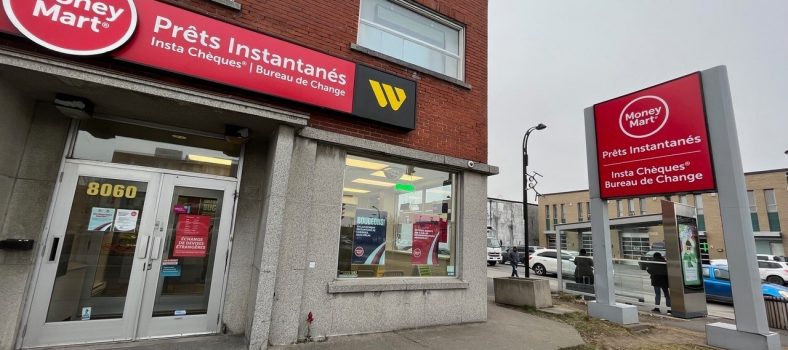> More than half of Canadians (58 per cent) said they contributed what they had expected to their TFSA this year, while 11 per cent said it was more and 23 per cent said it was less than their anticipated plan
> Average annual contribution is up 10 per cent year over year, at an average of $5,332 – up from $4,826 in 2018
> Almost half of Canadians utilize TFSAs for retirement savings and 31 per cent are leveraging it as an emergency fund
TORONTO, ON–According to the annual BMO Tax-Free Savings Account (TFSA) study, Canadians’ are once again increasingly turning and contributing to their TFSA, with two-thirds (66 per cent) of Canadians holding an account. Regional data suggests that, although economic conditions are challenging across parts of the country, Canadians are finding ways to save and invest money.
According to BMO Economics, generally strong job growth combined with rising wages in 2019 have created a supportive environment for Canadians to do more with their finances.
The annual report, conducted by Pollara, also revealed:
Increase in Contributions: The average annual contribution is up 10 per cent year over year, at an average of $5,332 – up from $4,826 in 2018. Regionally, Prairies residents are contributing the most ($6,035) while those in Atlantic Canada are contributing the least ($3,389)
Total Holdings up 4 per cent: The total amount Canadians hold in their TFSAs is up 4 per cent year over year, at an average of $28,214 – up from $27,053 in 2018. BC residents hold the highest amount in their TFSAs ($32,293) compared to Ontario residents who hold the lowest amount ($26,796)
Investment Barriers: Canadians pointed to having insufficient funds to meet the maximum or needing funds to pay for something else (43 per cent and 33 per cent, respectively).
“It’s encouraging to see consistent growth year over year when it comes to Canadians usage and knowledge of TFSAs,” said Nicole Ow, Head, Term Investments, BMO Bank of Montreal. “Although Canadians continue to voice not having enough to invest as the main reason for not maximizing their TFSAs, we are seeing positive changes in financial behavior when it comes to investing and saving across the country.”
Investment Behavior
An increasing number of Canadians are investing more frequently. The report revealed:
Half of Canadians (52 per cent) check their investments on a monthly basis and 68 per cent check their investments on a quarterly basis
57 per cent of Canadians put money into their investment accounts at least once a quarter compared to 49 per cent in 2018
45 per cent of Canadians with investments rely on an advisor at a bank or financial institution for advice compared to 42 per cent in 2018
“As Canadians become more knowledgeable about the power of saving and investing, they are choosing to grow their contributions and monitor their investments more frequently,” said, Nicole Ow, Head, Term Investments, BMO Bank of Montreal. “Canadians looking to learn more about TFSAs, and how they fit into their overall investment plan, should speak to a financial planner, who can help bring clarity and deliver the advice they need to help them reach both short and long-term goals”
BMO offers Canadians the following tips to maximize the benefits of a TFSA:
Maximize: The 2020 TFSA contribution limit is $6,000, but you may be able to invest more if you have unused contribution room from previous years
Monitor: The penalty for over-contribution is 1 per cent of the highest excess amount within a given month, and will be charged for each month that the excess amount remains in the account
Diversify: TFSAs are flexible investment vehicles that can hold both cash and investments, including GICs, stocks, bonds, mutual funds and more
Expertise: Meeting with a financial planner is a complimentary service and can help you determine your best contribution strategy
The BMO TFSA Survey was conducted by Pollara Strategic Insights via an online survey between November 26 and December 3, 2019, with an online sample of 1,500 adult Canadians. Data has been weighted using the latest census information to be representative in terms of age, gender and region. The margin of error for a probability sample size of 1,500 is ± 2.5% 19 times out of 20.
About BMO Financial Group
Serving customers for 200 years and counting, BMO is a highly diversified financial services provider – the 8th largest bank, by assets, in North America. With total assets of $852 billion as of October 31, 2019, and a team of diverse and highly engaged employees, BMO provides a broad range of personal and commercial banking, wealth management and investment banking products and services to more than 12 million customers and conducts business through three operating groups: Personal and Commercial Banking, BMO Wealth Management and BMO Capital Markets.




